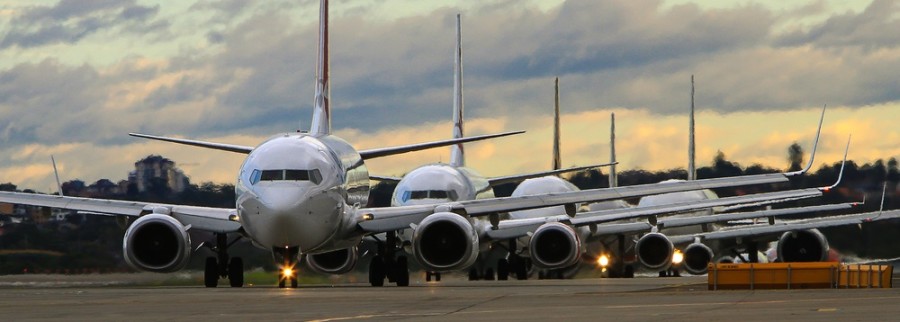Adam Twidell, CEO of PrivateFly, explores the reasons why he believes bigger airports don’t work for business jets.
When it comes to choosing which airport to use, size most definitely matters. Clients traveling to and from city destinations often have a choice of airport to use. And when they’re traveling by business aviation for the first time, they often think they should use a bigger airport.
London is the obvious example here. At PrivateFly, we’re often asked by new business aviation users if we can arrange a flight in or out of Heathrow. While it’s possible, this is not something we would ever recommend. In simple terms, it feels like landing a smaller aircraft at a large airport, with lots of space and multiple runways shouldn’t be a problem, but the reality is very different!
With the ever-increasing demand for airline travel and the bigger commercial value this represents for big airports, business aviation at large airports feels the squeeze in terms of runway availability, aircraft parking and more. Smaller, dedicated business aviation airports offer more flexibility and are much easier to get in and out of.
Again, looking at London, Luton’s business aviation is seeing a decline as its airline activity soars – culminating in a ban on night flights over the summer– while both Farnborough and Biggin Hill both saw significant increases last year.
Here are some of the reasons why bigger airports don’t work for business jets, both from a pilot and passenger perspective.
1) Holding in the air
More often than not, a business jet (as with all other aircraft) is put in a holding pattern as it approaches a large airport, due to the sheer volume of aircraft moving in and out.
Holding is a normal part of operations at a large airport, but it can result in slightly longer flight times compared to using a smaller airport.
2) Approach and landing
Approaching and landing at a large, busy airport can present challenges for business jet pilots. While cruising speeds are similar, many business jets tend to fly slower on the approach than airliners. So, when private jets and airline flights are sharing the same airspace, air traffic control will often direct business jet pilots to keep their speed at or above 200kts, until they are four nautical miles from the runway.
For the most experienced private jet pilots this isn’t an issue, but junior pilots may find this a bit hectic, operationally speaking. Keeping the speed fast on the approach means final configuration changes and pre-landing checks have to be completed in more of a hurry, just prior to landing.
Landing on a large runway also means you need to get off pretty quickly, as just 30 seconds behind you might be a Boeing 777 whose pilot will be less than impressed if they have to go around, because you didn’t get off the runway in time. This can involve using fast turn offs and not braking. Often pilots will actually accelerate after landing to quickly get off the runway.
3) Taxiing
Taxiing a private jet at a large airport can be a highly intensive period with multiple opportunities for making embarrassing mistakes. Small aircraft have been known to get lost!
While commercial airline pilots become very familiar with the small number of airports they use, there are over 3,000 private jet airports in Europe, so often private jet pilots are given very complicated and long taxi instructions by unsympathetic air traffic controllers.
4) Aircraft parking
Larger airports are often not set up as efficiently to handle private jets as smaller airfields. If the aircraft is staying overnight, you might be parked in the middle of a cargo area or longer term parking miles away from the private jet FBO. For the crew, this makes it more difficult to meet and greet passengers when they arrive and to escort them quickly to their onward vehicle.
5) Immigration and security delays
At smaller airports, security and immigration checks are still made, but they are more unobtrusive and designed around the customer. Larger airports can’t really operate like this, so their inflexible procedures can result in more time on the ground.
6) Road delays
Most private jet customers value the time saved on the ground. This means it can be frustrating to eat into that time-saving by sitting in a long traffic jam in the car leading in or out of the airport. Traffic build up on the major motorways and roads around bigger airports is much more of an issue that at smaller airports, which are much better for a fast getaway after your flight.
Conclusion?
While there are some exceptions, at PrivateFly we usually recommend our customers use smaller airports over larger international airports when they have a choice. Private jet travel is so much about customer service and speed and major international airports just can’t match smaller ones in these areas.





